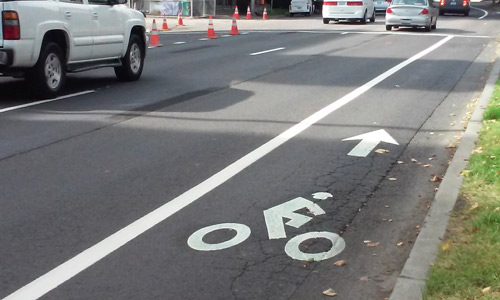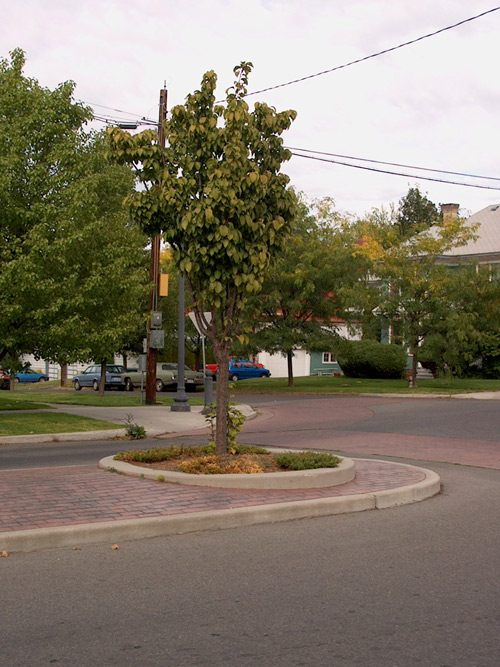Complete Streets
The SRTC Board in 2012 approved a Safe and Complete Streets Policy* and Checklist.
Complete Streets are roads designed and operated with all users in mind- including public transportation vehicles and riders, bicyclists, pedestrians, drivers of private vehicles and transit riders of all ages and abilities. In other words, all users must be able to move safely along and across a Complete Street.
The Safe and Complete Streets Policy and Checklist has a region-wide impact in the decision-making process. SRTC conducts “calls for projects” when transportation funding is available. Local jurisdictions are invited to submit applications for funding for projects they would like to see built or implemented. Project sponsors are required to fill out the checklist and return it with their applications to show that the needs of all users were considered in the project design. The projects are ranked and prioritized and those determined to be top priorities are awarded money.
Some features of Complete Streets that may be included when designing transportation projects are below. It is important to note that not all amenities are necessary on all projects.
* For a Word version of this document, please email contact.srtc@srtc.org or call (509) 343-6370.
- Crosswalks
- Sidewalks
- Lighting
- Median Islands
- Pedestrian signals
- Street trees
- Bike facilities
- Transit stop enhancements like benches, shelters and more
- Well-placed crossing opportunities
- Congestion relief measures
- Separated sidewalks
Information on the National Complete Streets Coalition is available at https://smartgrowthamerica.org/program/national-complete-streets-coalition/.



